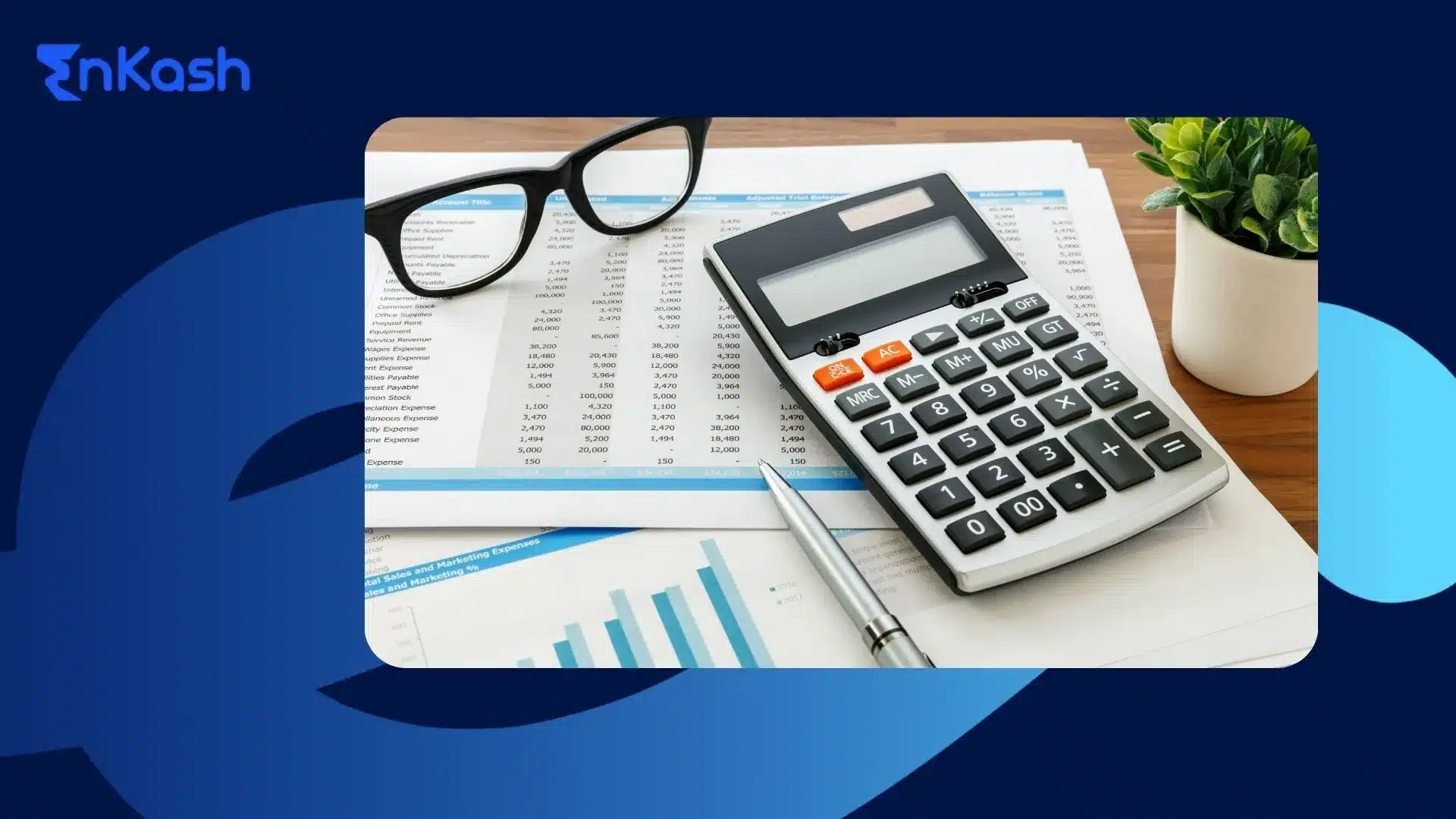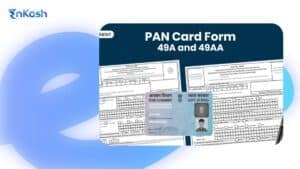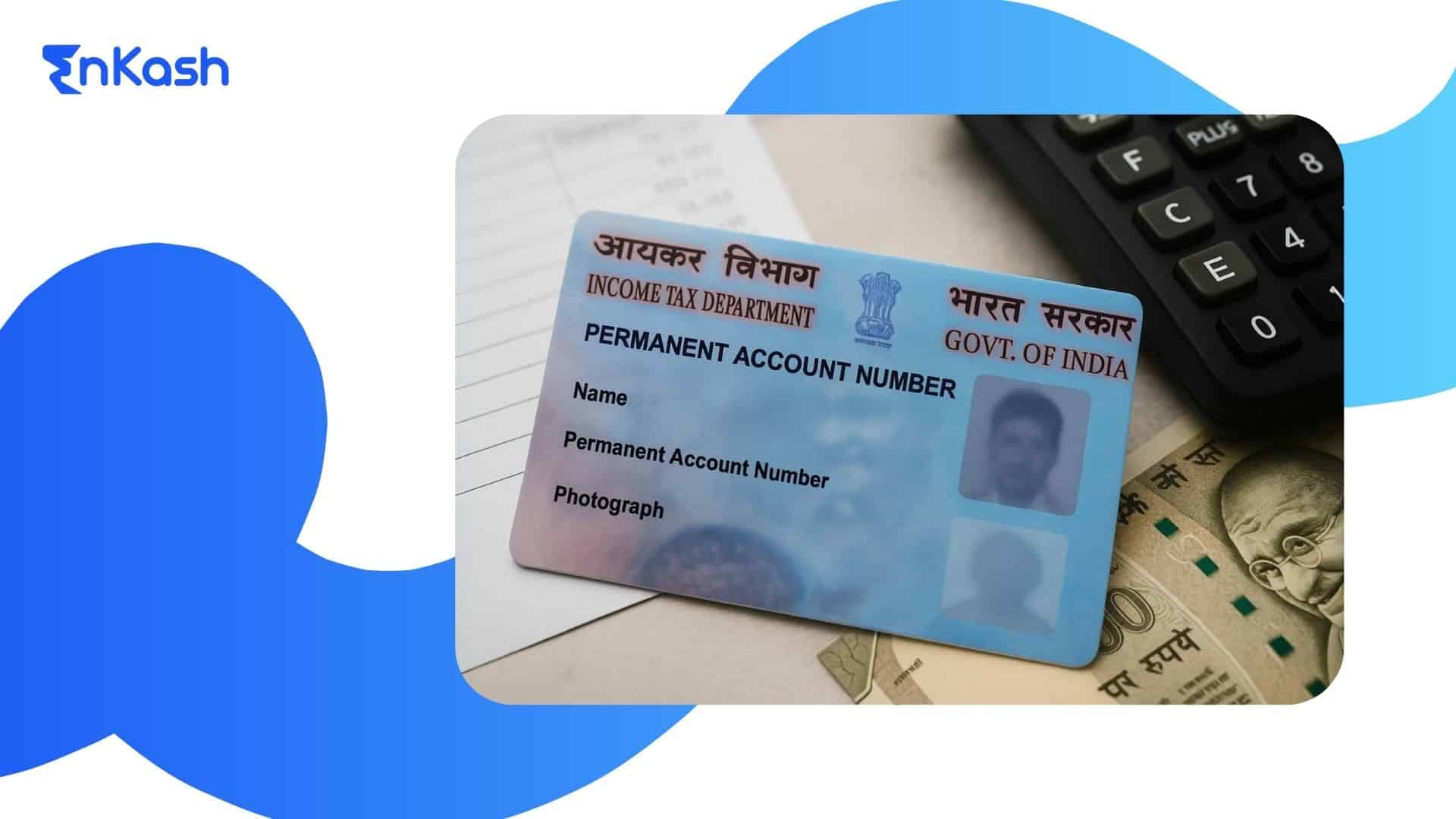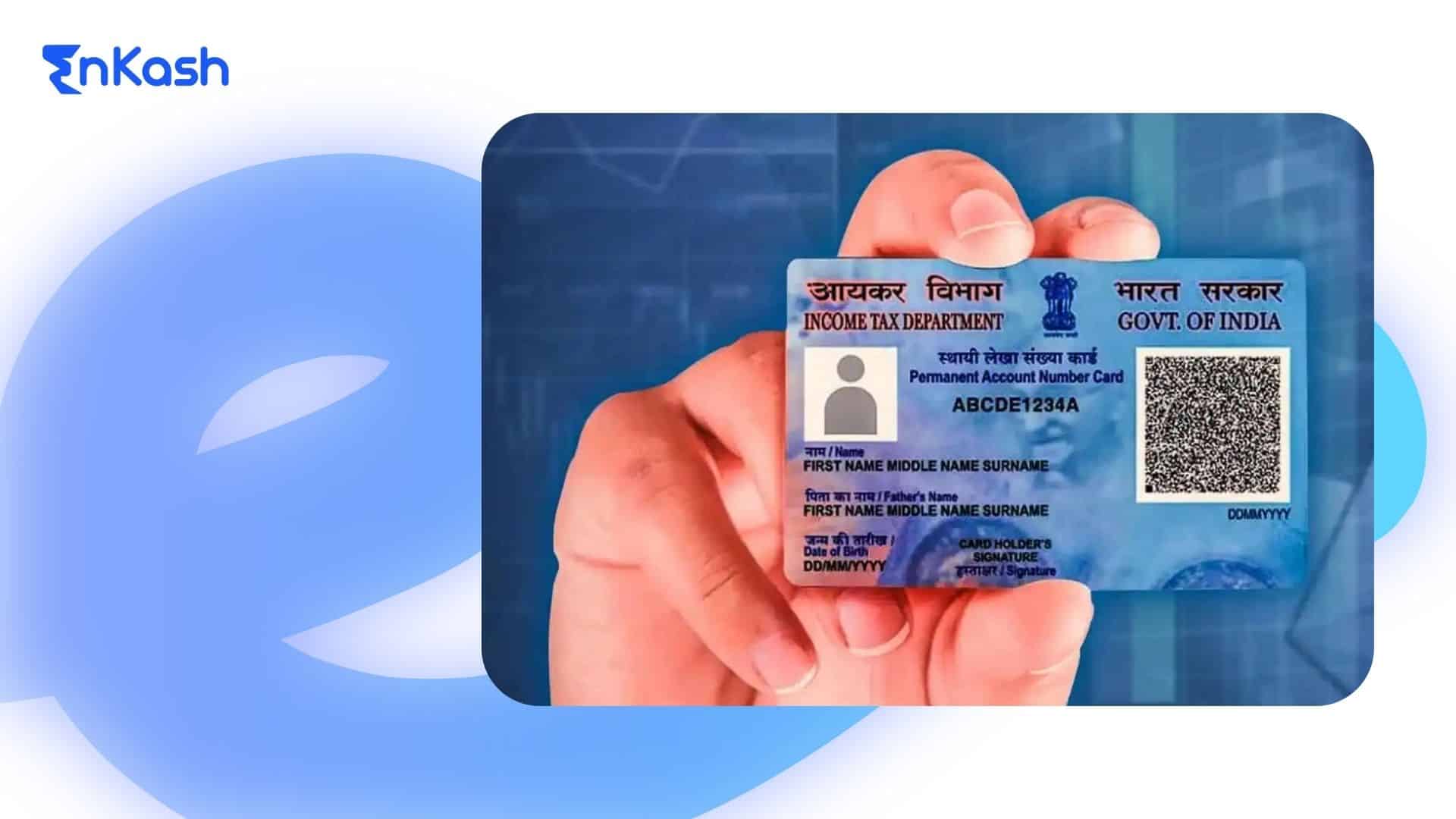What is Single Entry System in Accounting?
The single entry system is a simple method of bookkeeping used by small traders, shopkeepers, and individuals who only need to keep track of basic transactions. In this method, each transaction is recorded in a single line, usually in a cash book. Unlike the double entry system, it does not show both debit and credit aspects of a transaction.
In simple terms, what is a single-entry system in accounting? It is a way of recording business activities by noting only cash inflows and outflows, along with some details about debtors and creditors. For example, if a shopkeeper receives payment from a customer, the entry will show the amount received but not the corresponding effect on sales.
Many small businesses in India continue to use this approach because it is quick and easy to maintain. A single-entry account can be managed in a notebook or even in a simple spreadsheet. It helps business owners know how much cash they have in hand without dealing with complex rules.
However, to understand what is single entry is, it is important to see it as an incomplete record. It gives only a part of the financial picture. This makes it useful for tiny operations but less reliable for growing businesses that need accurate statements for tax or compliance.
Features of Single Entry System
Every accounting method has certain qualities that make it unique. To fully understand the single entry system, you need to look at its main features. These features explain how it works, why some people still use it, and also where it falls short.
1. One-Sided Recording
The most important feature of the single entry bookkeeping system is that it records only one aspect of a transaction. For example, if money is received, only the inflow is written down. The other side, such as sales or income, is not recorded in detail. This makes it different from double entry, where every transaction has a debit and a credit.
2. Incomplete Record
Another feature is that it gives only a partial picture of the business. A single entry book often contains details about cash and personal accounts of debtors or creditors, but it does not cover all accounts like purchases, expenses, or assets. Because of this, it is sometimes called an “incomplete record system.”
3. Cash-Based Approach
The basics of single entry revolve around cash. Most of the focus is on recording receipts and payments. This makes it easier for small shopkeepers or traders who deal mostly in cash. It also means that transactions on credit are not always tracked properly, which can create gaps in the records.
4. Simplicity in Maintenance
The single entry system format is very simple. Anyone with basic knowledge can maintain it. A notebook or a spreadsheet is enough to keep the daily records. No professional accountant is needed, which reduces costs for very small businesses. This is one of the main reasons why many continue to use it despite its limitations.
5. Absence of Uniformity
Another feature is the lack of a fixed structure. There is no standard format of single entry bookkeeping. Each person or business may maintain it differently depending on convenience. Some may only write cash inflows, while others add details of expenses or dues. This lack of uniformity makes it difficult to compare records between businesses.
6. No Trial Balance or Balance Sheet
Since transactions are recorded only in part, there is no way to prepare a proper trial balance. Without this, it becomes difficult to check the accuracy of the accounts. Also, the system does not easily lead to the preparation of a balance sheet. This feature highlights both the simplicity and the weakness of single-entry bookkeeping.
7. Suitable for Small-Scale Operations
The features of single-entry system make it most useful for small-scale operations. It is suitable for shopkeepers, traders, or individuals who need to keep track of their daily business without going into the details of accounting standards. For bigger organizations that require reports for banks, investors, or tax authorities, it is not appropriate.
8. Personal Judgment and Flexibility
Finally, this system depends heavily on personal judgment. Since there are no strict rules, the person maintaining the records decides what to include and what to leave out. This gives flexibility but also increases the risk of mistakes or missing information.
The single-entry bookkeeping system is simple, flexible, and useful for very small businesses. At the same time, its incomplete nature and lack of standard format make it unreliable for large or growing businesses. These features explain why it continues to be used in small shops and by self-employed individuals in India, but is replaced by double-entry in more formal setups.
Format of Single Entry Bookkeeping
The single entry system does not follow a fixed structure like the double entry method. Instead, it focuses on the most important details of a small business: cash flow, personal accounts of debtors and creditors, and basic expenses. This is why the single entry system format is often called flexible. Every shopkeeper or trader may keep it in their own way, but the overall idea remains the same.
Here are the main elements that form the format of single entry bookkeeping:
- Cash Records
Cash transactions are written as and when they happen. If a shopkeeper receives money from a customer, it is noted under “Cash Received.” Payments for goods or services are entered under “Cash Paid.” This allows the business owner to see the cash balance at any time. - Personal Accounts of Debtors
When goods are sold on credit, the details are recorded separately. For example, if a customer owes ₹1,000, the note will show that amount against their name. As payments are received, the amount due is reduced. This helps in tracking who still has to pay and how much. - Personal Accounts of Creditors
Purchases made on credit are also written down in a similar way. Suppose a wholesaler supplies goods worth ₹2,500, the shopkeeper will record “Supplier B to be paid ₹2,500.” When partial payments are made, the balance is adjusted accordingly. This simple record helps the trader keep track of obligations. - Expenses Tracking
Day-to-day costs such as electricity bills, wages, or delivery charges are recorded under expenses. For instance, writing “Paid ₹300 for electricity” makes it easy to calculate total running costs at the end of the month. These entries are simple, yet they form the backbone of the single entry bookkeeping system. - Income Other Than Sales
Any income apart from regular sales is also noted. For example, if the shopkeeper earns rent from part of the shop or earns commission, it is recorded as “Other Income.” This ensures that every source of money is captured in some form, even if not linked with other accounts.
This structure shows how the single-entry book works in practice. It is straightforward and quick to maintain, which is why small businesses continue to use it. However, because the records are incomplete, they do not present the entire financial picture of the business.
Advantages of Single Entry System
The single entry system has been in use for generations, mainly because of its simplicity. For small businesses and individuals, the effort required to maintain complete books of accounts can feel unnecessary. This method reduces that burden and still provides enough information to run daily operations. Here are the main advantages explained in detail:
- Easy to Understand
The single entry bookkeeping system does not require technical knowledge. Anyone with basic literacy can maintain it by writing cash received and cash paid. This is why small traders and shopkeepers in India prefer it. - Low Cost of Maintenance
Unlike double entry, this method does not need professional accountants or advanced software. A notebook, diary, or even a simple spreadsheet is enough to maintain a single entry account, which saves money for small-scale businesses. - Less Time-Consuming
Recording transactions takes very little time. Since only one side of each transaction is written, the process is quick. This is a big advantage for business owners who are busy managing sales, customers, and stock. - Gives Quick Cash Position
At any point, the cash balance can be checked easily. For traders who deal mostly in cash, this is very useful. They can instantly see how much money is available for purchases or daily expenses. - Flexibility in Recording
The system has no strict rules or format. Every business owner can design their single entry book in the way that suits them. This flexibility makes it convenient for small operations where standard accounting is not necessary. - Useful for Small Businesses
The advantages of single entry system are best seen in tiny shops, vendors, or freelancers. For such people, preparing balance sheets and trial balances may not be needed. Simple cash and credit records are often enough to run the business smoothly.
Disadvantages and Limitations of Single Entry System
The single-entry system is simple and convenient, but it has clear shortcomings. What makes it easy for small traders also makes it unreliable for larger or growing businesses. Understanding these drawbacks helps in deciding when to continue with it and when to move towards double entry.
- Incomplete Records
The biggest limitation of single entry system is that it does not cover all aspects of a transaction. Only one side is written down, which leaves out important details. This makes it difficult to understand the full financial position of the business. - No Check on Accuracy
In double-entry, the trial balance helps confirm whether the books are accurate. In single-entry bookkeeping, there is no such check. Errors or fraud can go unnoticed because there is no way to match debits and credits. - No Balance Sheet Preparation
Since the records are partial, it is not possible to prepare a balance sheet or profit and loss statement with accuracy. This makes it unsuitable for businesses that need reports for banks, investors, or tax purposes. - Not Accepted for Compliance
In India, businesses registered under the Companies Act or liable for Goods and Services Tax need proper double entry accounts. The single entry bookkeeping system does not meet these requirements, which limits its use to very small operations. - Difficult for Growth
As a business expands, credit dealings, assets, and liabilities increase. The single entry book cannot capture all this information. This makes it harder for owners to plan or take business loans. - Dependence on Memory and Judgment
Since there are no fixed rules, the person maintaining accounts decides what to record. Many times, important details get missed or are left out intentionally. This heavy reliance on personal judgment is risky.
Difference Between Single and Double Entry System
To understand the single entry system better, it helps to compare it with the double entry method, which is the standard in accounting. Double entry records both debit and credit aspects of every transaction, making it complete and reliable. By looking at the differences side by side, it becomes easier to see why single entry is useful for small traders but not enough for larger businesses.
- Method of Recording
In the single entry bookkeeping system, only one side of a transaction is recorded, such as cash received or cash paid. In double entry, both aspects are written down, which gives a full and balanced view. - Completeness of Records
The single entry book provides partial information. It shows cash and personal accounts but misses out on many details like assets, liabilities, and expenses. Double entry covers every account, making it complete. - Check on Accuracy
The single entry system does not allow preparation of a trial balance. This means errors may remain hidden. In double entry, trial balance confirms whether all debits and credits match, making it easier to catch mistakes. - Preparation of Statements
From single entry records, it is difficult to prepare financial statements like profit and loss accounts or balance sheets. In double entry, these statements are a natural outcome of the system. - Suitability
The difference between single and double entry systems is most visible in who uses them. Small shopkeepers, vendors, and freelancers use single entry because it is simple. On the other hand, companies, firms, and businesses with legal obligations are required to use double entry. - Legal Acceptance in India
Double-entry is mandatory under the Companies Act, 2013, and also needed for compliance with Goods and Services Tax filings. The single-entry account is not accepted for such purposes. This limits its scope to unregistered or very small businesses.
Conclusion
The single-entry system is the simplest way of maintaining financial records. It requires nothing more than noting cash received, cash paid, and a few details about debtors and creditors. For small shopkeepers, street vendors, and self-employed professionals in India, this method is quick, inexpensive, and practical. It helps them know their cash position without worrying about complex accounting rules.
At the same time, the system has clear limits. Because it provides only partial information, it cannot be used to prepare full financial statements or meet legal compliance requirements. Errors are harder to detect, and banks or tax authorities will not accept such records for audits, loans, or filings. As long as the business remains small, the advantages of single entry system outweigh its weaknesses. But as soon as growth begins or compliance becomes necessary, shifting to double-entry becomes the wiser choice.
In short, the basics of single entry lie in its simplicity, and its benefits are felt most in small operations. Yet, its disadvantages remind us that it is not a long-term solution for businesses that want to expand. Understanding where it works and where it fails helps owners choose the right method for their stage of growth.
FAQs
Q1. Why is the single entry system called an incomplete record?
The single entry system is called incomplete because it records only one side of each transaction, usually cash inflow or outflow. It does not capture assets, liabilities, or all expenses, which leaves major gaps in financial information.
Q2. Is single entry system legally accepted in India?
For small unregistered traders, the single entry bookkeeping system is commonly used. However, under the Companies Act, 2013 and for GST compliance, double entry is mandatory. Banks and tax authorities do not accept single entry for official reporting.
Q3. Who benefits the most from single entry bookkeeping?
This method benefits street vendors, freelancers, small shopkeepers, and community groups. They need a simple way to know how much cash they have and who owes them money, without maintaining complex ledgers or hiring accountants.
Q4. Can financial statements be prepared from single entry records?
It is difficult to prepare full financial statements from single entry books. At best, an income and expenditure summary can be drawn. Balance sheets and profit and loss accounts cannot be made accurately due to missing details.
Q5. How does single entry system handle credit transactions?
Credit sales and purchases are written under the names of customers and suppliers, but without linking them to other accounts. This shows how much is due or payable, but it does not provide a complete ledger record.
Q6. Is it possible to convert single entry records into double entry?
Yes, accountants can convert single entry bookkeeping into double entry by reconstructing missing information. They use available cash records, debtors, creditors, and expense notes to prepare statements. However, this process requires time, effort, and professional skill.
Q7. How does single entry system affect decision-making for businesses?
Since the single entry account does not capture the full financial picture, decision-making can be risky. Owners know their cash flow but lack details on assets, liabilities, and true profits, which are essential for long-term planning.
Q8. What is the risk of relying only on single entry system?
The main risk is error and fraud going unnoticed. Without double checks, incorrect entries may stay hidden. Businesses relying only on single entry books may also face problems with audits, loans, or tax compliance in India.
Q9. Do modern accounting apps in India support single entry?
Yes, many mobile accounting apps offer a simplified “cash book” format that resembles the single entry system. However, in the background, these apps often map transactions to double entry for compliance and reporting purposes.
Q10. When should a business shift from single entry to double entry?
A business should shift once it starts growing, dealing with large credit transactions, or seeking loans. For legal compliance under GST or company law, the single entry system is not enough, and double entry becomes necessary.












